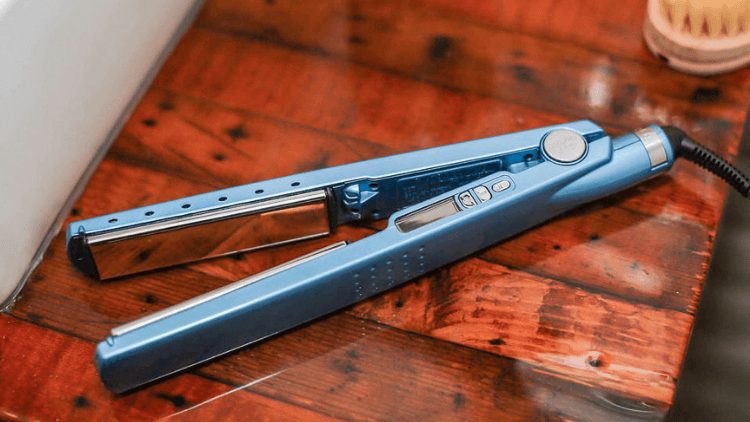7,335 children suffered burns or scalds in 2022. That’s 20 children every day!
Hot drinks cause most scalds to children under the age of five. A child’s skin is more sensitive than an adults. A hot drink can still scald a small child up to 15 minutes after it was first poured, and over 50 per cent of all hospital admissions in children are due to them being burnt by a hot drink. Never hold a hot drink and a child at the same time.
To reduce the risk of such accidents at home, there are some small changes you can make:
-
- Keep young children out of the kitchen when you’re busy or there are lots of people around
- Check pan handles on the hob aren’t sticking out where they could be reached or knocked off
- Make sure you put hot drinks down on a surface out of reach of small hands- not on top of tea towels that could be pulled by a child
- When running a bath for your child, always put the cold water in first. This will prevent scald burns if they accidentally fall in, as well as contact burns from the actual heat of the bathtub. Never leave your child unattended in the bathroom.
This video was not produced by Health for Under 5’s and may contain adverts.
First aid advice from the British Burn Association
Cool, call and cover:
- Cool the burn with running cold tap water for 20 minutes and remove all clothing and jewellery (unless it is melted or firmly stuck to the wound)
- Call for help for any burn larger than a 50p coin – 999, 111 or local GP for advice
- Cover with cling film or a sterile, non-fluffy dressing or cloth.
Make sure the patient is kept warm.
Take a look at our advice around reducing the risks of fire in the home here.
Other burn risks
A growing number of children are receiving severe burns from hair appliances. Even 30 minutes after being unplugged, hair straighteners retain enough heat to severely burn a small child’s skin, which is up to 15 times thinner than an adult’s skin.

Button batteries and cleaning products such as dishwasher or washing tablets can cause potentially fatal corrosive burns. Keep these securely locked away. Check all toys that operate on the small button batteries to ensure your child can’t open them and get hold of the batteries. If you think that your child has swallowed a button battery, take them to A&E immediately.
Useful links
- NHS: Burns and Scalds
- Children’s Burns Trust (CBT)
- Child Accident Prevention Trust (CAPT): Button batteries
- SafeTea– Keep hot drinks out of reach
- RoSPA- Scalds and burns
